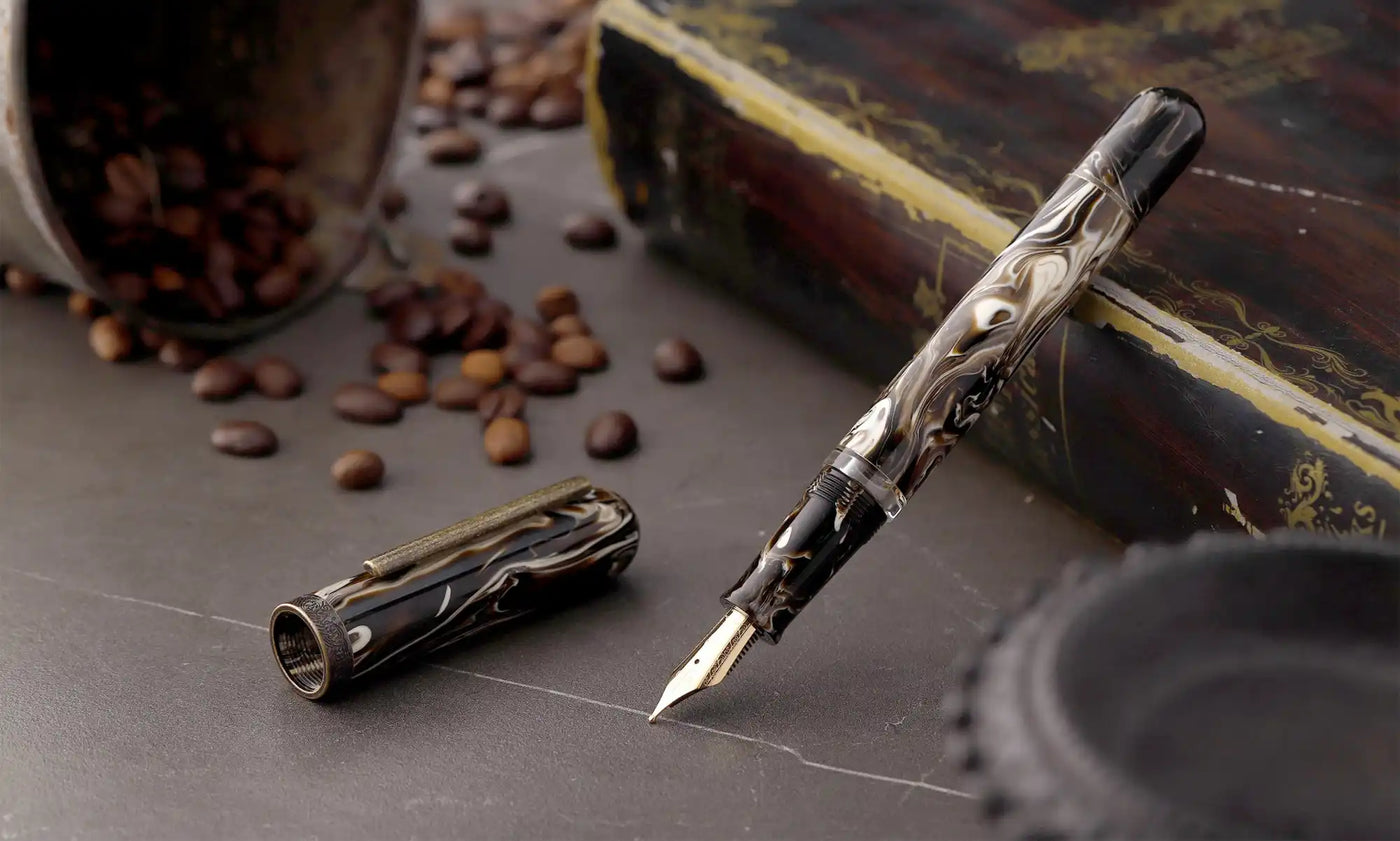When is a pen not just a pen? Most of us have experience writing with a pen. Usually, this is a ballpoint pen. It's totally understandable if anyone under the age of 40 have never heard of a fountain pen before. As a fine writing purveyor, it is our duty to illuminate the modern world with the light of our pen knowledge. In this article, we discuss the origins and differences between the common ballpoint pen and the en vogue luxury fountain pen.
-
Fountain Pens
All Fountain Pens
- Beginner Fountain Pens
- Limited Edition Fountain Pens
- Flex Nib Fountain Pens
- Italic Nib Fountain Pens
- Stub Nib Fountain Pens
- Retractable Fountain Pens
- Demonstrator Fountain Pens
- Pocket Fountain Pens
- Piston Filler Fountain Pens
- Calligraphy Pens
- Fountain Pen Gift Sets
- Fountain Pen Ink Refills
- Fountain Pen Converters
- Fountain Pen Nibs
- Brands
- Shop by Category
- Specials
- Learning
- New Arrivals




